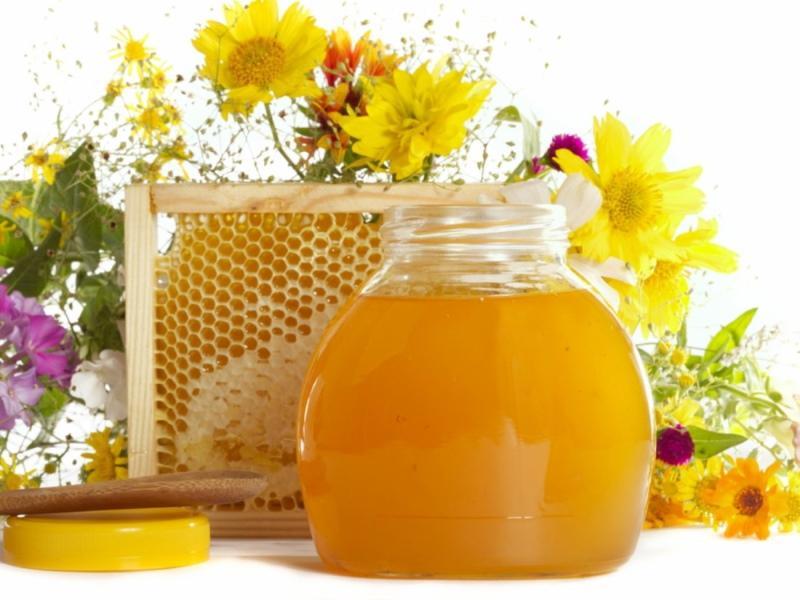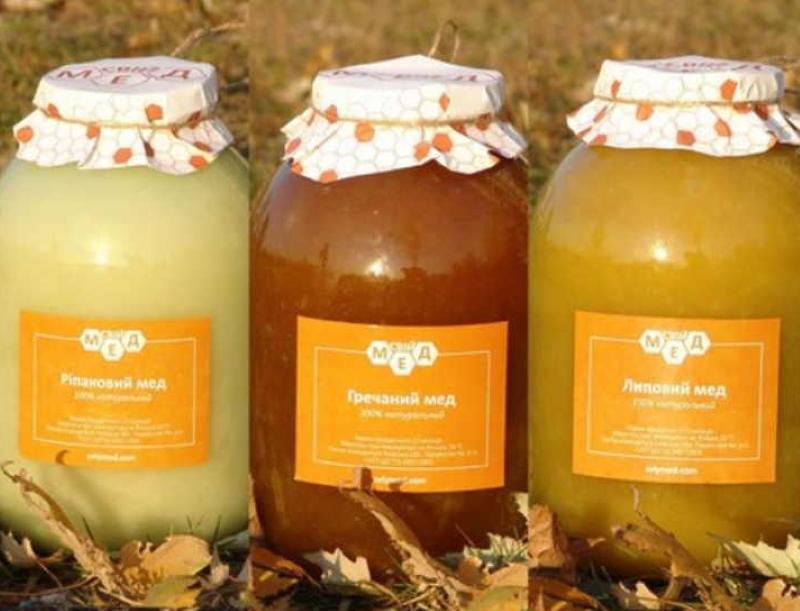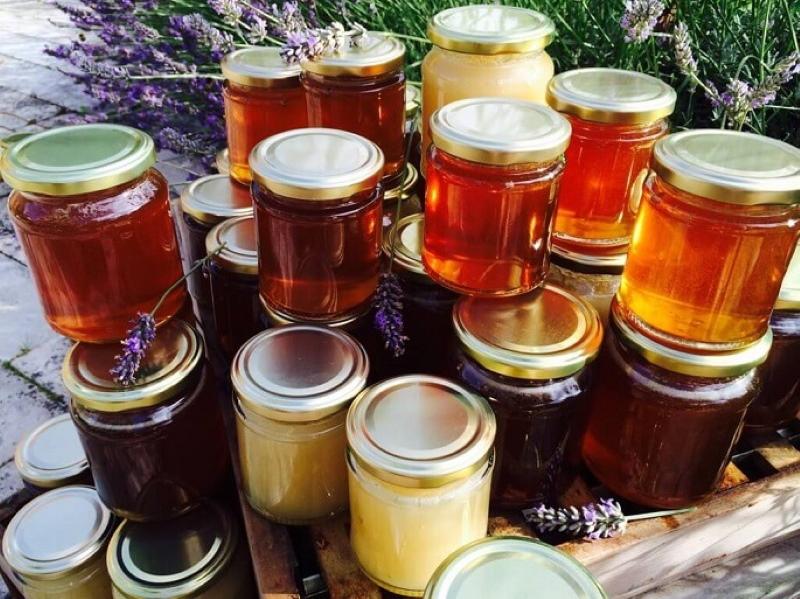Fragrant and unique flower honey - useful properties and contraindications
 There are already legends about the benefits of honey, but flower honey is especially appreciated, the useful properties and contraindications of which are very diverse. And this is due, first of all, to the pollen of which plants the bees collected. It is not for nothing that this beekeeping product was called flower. Shaggy workers brought nectar from everything that was blooming at the moment. And depending on what crops they were, beekeepers get honey of different consistency, taste, type and aroma. Honey from flowers is many times tastier than honeydew, for which insects process honeydew or aphid secretions, and is certainly more useful than honey.
There are already legends about the benefits of honey, but flower honey is especially appreciated, the useful properties and contraindications of which are very diverse. And this is due, first of all, to the pollen of which plants the bees collected. It is not for nothing that this beekeeping product was called flower. Shaggy workers brought nectar from everything that was blooming at the moment. And depending on what crops they were, beekeepers get honey of different consistency, taste, type and aroma. Honey from flowers is many times tastier than honeydew, for which insects process honeydew or aphid secretions, and is certainly more useful than honey.
What is flower honey and its features

And already, depending on what kind of plants they were, two types of flower honey are distinguished:
- Monofloral. This is honey obtained from the nectar of predominantly one honey plant. To collect it, the apiary is taken to the place of growth of this plant, or planted next to it.
- Polyfloral. It does not have a dominant share of honey plants, and bees collected nectar from all plants in a row. It is this product that is most often called simply "floral".
Monofloral honey cannot have 100% pollen from one honey plant, because bees cannot be ordered not to fly to other places. Therefore, there are some rules for determining it. So, today, according to GOST, there are only three fixed types of monofloral honey, in which a clear percentage of dominance of pollen grains is established. This is 30% each for buckwheat and linden honey, and 45% for sunflower honey. For other plants, the percentage must be at least 50% for honey to become monoflorous.
Flower honey - useful properties and contraindications
 The properties, taste and type of honey depend on the honey plant. It can be acacia, buckwheat, chestnut, linden, dandelions, alfalfa, canola and other crops. All types of honey increase immunity, improve the functioning of the liver, kidneys, heart, blood vessels, gastrointestinal tract.
The properties, taste and type of honey depend on the honey plant. It can be acacia, buckwheat, chestnut, linden, dandelions, alfalfa, canola and other crops. All types of honey increase immunity, improve the functioning of the liver, kidneys, heart, blood vessels, gastrointestinal tract.
Honey should be consumed in moderation, only then will it be beneficial. Adults need 100 g per day, children 50 g. However, if you are allergic to a particular honey plant, it is prohibited to take honey. It is used in even more limited quantities in the presence of obesity and diabetes mellitus.
Monofloral honey has more specific medicinal properties, for example:
- gynecological diseases are treated with thyme honey;
- bacterial and colds - lime;
- skin diseases - sage;
- relieves inflammation chamomile honey;
- helps in the treatment of abdominal organs geranium honey;
- honey from thyme has diaphoretic, diuretic and astringent properties.